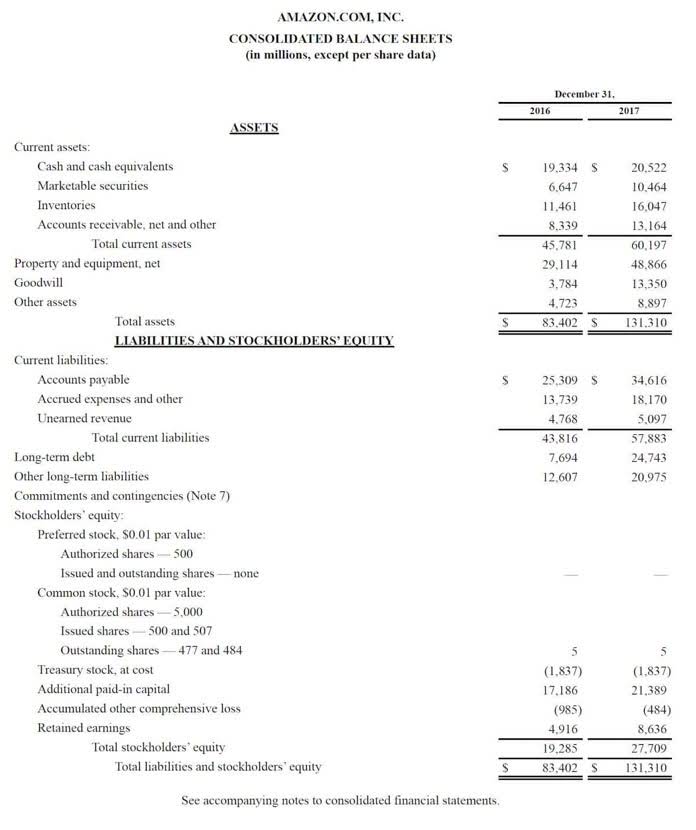
Additionally, cannabis businesses can explore debt financing options such as asset-based loans or equipment virtual accountant financing. These types of loans use the business’s assets as collateral, providing the lender with security and allowing the company to access capital for operational needs. However, despite these challenges, the cannabis industry presents tremendous growth potential. With the right financial strategies in place, businesses can overcome these obstacles and thrive in this burgeoning market.
VPD Calculator and Chart: Your Indispensable Cultivation Tools
Continuous research and standardization of products for medicinal purposes are expected to increase the popularity and demand for cannabis in the future. Thus, the increasing legalization of cannabis, especially for medicinal purposes, in various countries is anticipated to fuel the growth of the cannabis market during the forecast period. The Public Cannabis Company Revenue & Income Tracker, managed by New Cannabis Ventures, ranks the top revenue producing cannabis stocks that generate industry sales of more than US$12.5 million per quarter (C$16.1 million). The rise in the incidence of epilepsy is expected to drive the growth of the legal marijuana market going forward. Epilepsy is a brain condition characterized by frequent seizures due to irregular electrical activity.
Cannabis Market Size & Share Analysis – Growth Trends & Forecasts (2024 –
Nonetheless, product innovation and packaging-related modifications are expected to play a pivotal role in boosting the sales sentiments of edibles and are projected to grow at the fastest rate during the forecast period. Contributing original content and curating quality news on only the most promising cannabis companies and the most influential investors. As legislative frameworks adapt to changing public attitudes, new economic conditions and employment opportunities emerge. The cannabis industry is creating a new market and contributing significantly to the US economy. The ongoing evolution of legal frameworks and market dynamics indicates a promising future for stakeholders, with cannabis industry statistics suggesting a bright trajectory.
Cannabis Nutrient Lockout: Identifying, Treating, and Preventing It
Regular monitoring and adjustment of budgets can help identify areas of overspending or opportunities for cost savings. Additionally, financial forecasting allows businesses to anticipate future cash needs, plan for expansion, and make informed investment decisions. For startup cannabis businesses, securing funding is often the first and most critical step toward growth.

By staying ahead of the curve and leveraging the expertise of professionals specializing in the cannabis sector, businesses can position themselves for profitable growth in this promising and fast-growing industry. Tax regulations in the cannabis industry are particularly challenging due to the how is sales tax calculated federal illegality of cannabis in many countries. Cannabis businesses must navigate complex tax codes, such as Section 280E in the United States, which prohibits the deduction of business expenses related to the sale of controlled substances. Working with knowledgeable tax professionals can help businesses optimize their tax strategies and minimize their tax liabilities.

Tennessee to Pay $735k Settlement Over Hemp Seizures
The employment trajectory within the cannabis sector showcases a promising trend, as more than 100,000 new jobs were established in the previous year, marking the cannabis industry as America’s fastest-growing job sector20. The fiscal narrative of the cannabis industry unfolds through the lens of retail taxes, sales tax revenue, and wholesale cannabis pricing. As the cannabis industry continues to flourish, understanding the market size and value is pivotal for stakeholders and prospective entrants.

Whether you’re a cannabis cultivator, dispensary owner, or part of the supply chain, the right financial approach is crucial for sustainable growth. From securing funding and managing cash flow to navigating tax regulations and optimizing investments, strategic financial planning is paramount. In the six years since Oklahomans voted to legalize medical marijuana, the number of businesses ballooned and then began a steady decline. There were fewer limits on the licensure process in the early years, which cannabis accounting led to a strong crackdown against ghost ownership and the foreign-controlled black market. The U.S. legal cannabis market exceeded $30 billion in 2023, with projections suggesting it could reach $55 billion by 2030. States like California, Colorado and New York are leading the charge, fueling job creation and innovation.
- As of January 2023, it’s estimated that 418,059 full-time equivalent positions exist within the US cannabis industry, with about 280 new jobs being added daily19.
- As previously mentioned, in this chart, we can see an industry trend toward greenhouse and outdoor cultivation.
- The median salary in the marijuana industry was reported to be $58,511 in 2019, which was 10.7% higher than the US median salary, underscoring the promising cannabis industry data on employment.
- The journey to mainstream acceptance has also been decades in the making, supported by numerous studies confirming that cannabis is far less harmful than alcohol.
- It requires a solid financial foundation and a strategic mindset to navigate the unique challenges and unlock the full potential of this dynamic industry.
- A combined company of experts not only mitigates risk but also presents a compelling case for sustainable success.
- We note that often operating income can include one-time items like stock compensation, inventory write-downs or public listing expenses, and we recommend that readers understand how these non-cash items can impact quarterly financials.
Cannabis businesses can leverage crowdfunding platforms to raise capital from a large pool of investors, often in exchange for equity or product rewards. This approach allows entrepreneurs to tap into a passionate and supportive community while building brand awareness. As 2025 dawns, a cultural revolution is blooming across the United States, with cannabis emerging as a transformative force among all sectors of society.
- Furthermore, the growing research in the pharmaceutical industry is expected to show the potential for the medical capabilities of cannabis in the region.
- We provide a daily overview of the top industry and policy news, as well as business insights for active and aspiring ganjapreneurs.
- Various key insights provided in the report are the overview of related markets, recent hemp industry developments such as mergers and acquisitions, the regulatory scenario in key countries, and key industry trends.
- The increase in epilepsy cases can be attributed to improved diagnosis, increased awareness, and enhanced reporting, along with potential environmental, genetic, and lifestyle factors.
- In the cannabis industry, access to capital is crucial for expansion, research and development, and entering new markets.
- Regular monitoring and adjustment of budgets can help identify areas of overspending or opportunities for cost savings.
View All Cannabis Industry Reports
The increase in epilepsy cases can be attributed to improved diagnosis, increased awareness, and enhanced reporting, along with potential environmental, genetic, and lifestyle factors. Medical marijuana, particularly cannabidiol (CBD), has demonstrated considerable potential in reducing the frequency and intensity of seizures in epilepsy patients, including those with severe forms such as Dravet syndrome. This alternative treatment is gaining traction due to its favorable safety profile compared to traditional anti-epileptic drugs, offering hope for individuals unresponsive to conventional therapies. For instance, in April 2022, the European Brain Council reported that over 600 neurological diseases and nearly 300 psychiatric conditions affect millions globally, including 65 million individuals with epilepsy.




